The Art Detective
Should Museums Show Art Owned by Patrons? It’s Tempting. It Can Also Blow Up
As the Brooklyn Museum prepared to present the collection of a trustee, Swizz Beatz, it aimed to avoid controversy.
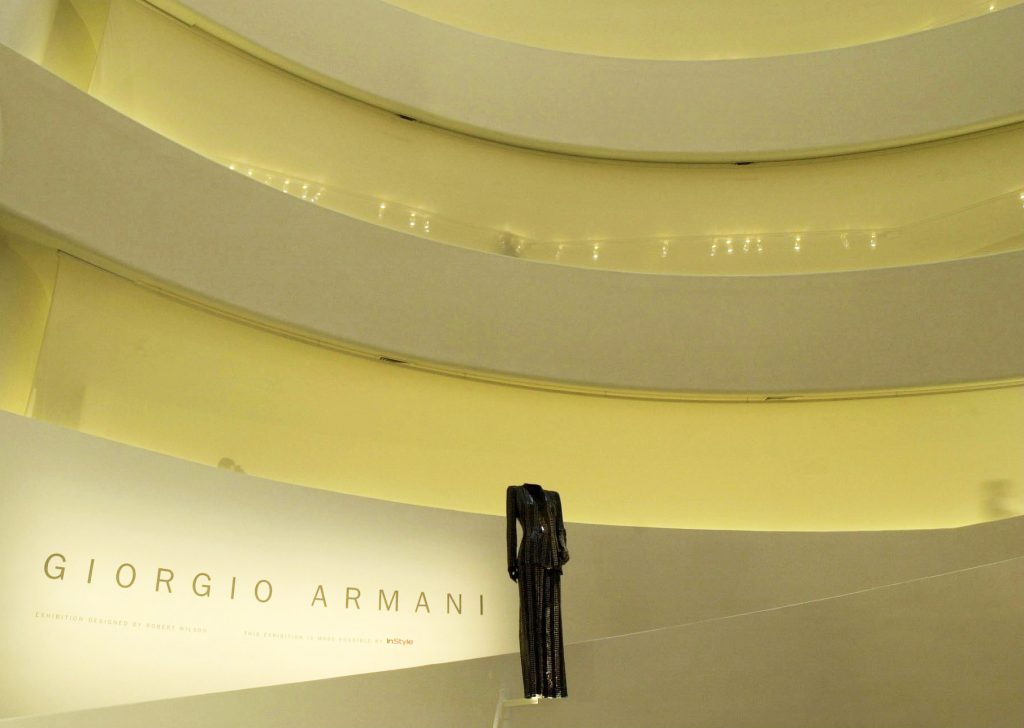
As the Brooklyn Museum prepared to present the collection of a trustee, Swizz Beatz, it aimed to avoid controversy.

Katya Kazakina

Tickets sold out for the opening weekend of the Brooklyn Museum’s latest exhibition, “Giants: Art from the Dean Collection of Swizz Beatz and Alicia Keys,” and the opening party was a love fest, with goodwill and mezcal flowing. Instagram lit up with group shots of revered artists that the celebrity couple has championed, like Kehinde Wiley, Amy Sherald, Mickalene Thomas, Jordan Casteel, and Derrick Adams. The Black figure, long excluded from the canon of art history, is front and center in the show of 100 works by 37 artists.
For Anne Pasternak, the museum’s director, it was a moment of celebration—of “Black struggle, joy, pain, and triumph,” as well as of the collecting philosophy of Keys and Swizz Beatz (born Kasseem Dean): “Artists supporting artists.”
But while “Giants” looks like a slam dunk now, Pasternak, a veteran arts nonprofit administrator, knew she had to be cautious in order to avoid a blowback over at least one red flag: Until three months before the show opened, Swizz Beatz was a trustee of the Brooklyn Museum, a role he assumed in 2015.
Historically, exhibitions drawn from private or corporate collections with financial ties to museums have faced criticism—especially when those collections are not donated to the institutions. Public museums, critics argue, need to guard their curatorial independence and should not be used by wealthy patrons to boost the value of their holdings.
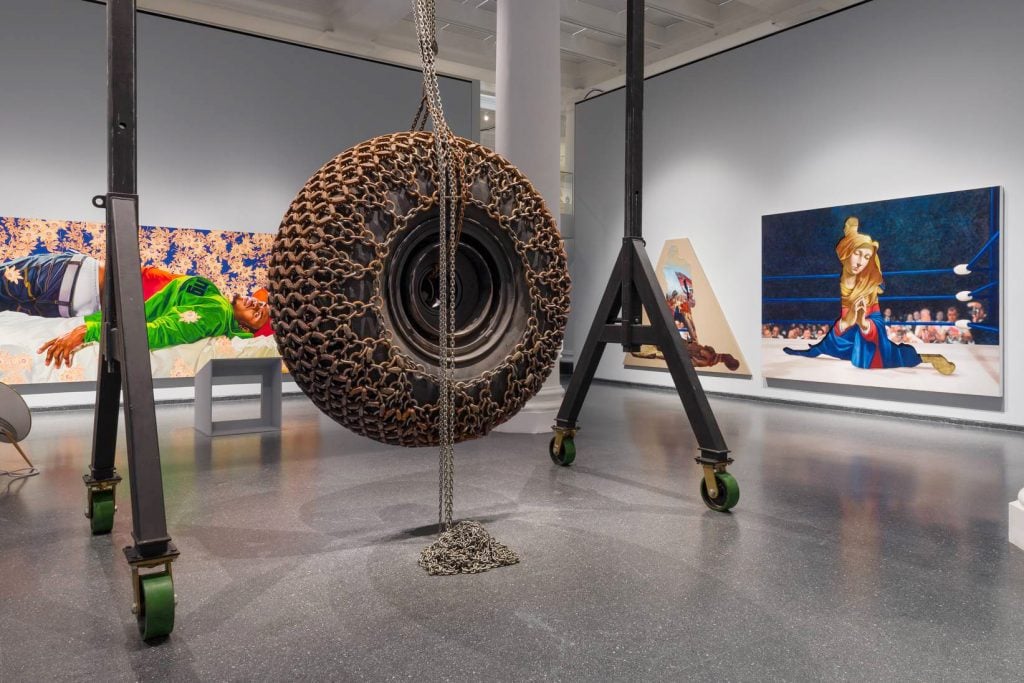
Installation view of “Giants: Art from the Dean Collection of Swizz Beatz and Alicia Keys” at the Brooklyn Museum. Photo: Paula Abreu Pita.
There have been plenty of controversies.
Tate Modern in London has been lambasted in the press for an ongoing exhibition of blue-chip art owned by the Taiwanese billionaire Pierre Chen, an established supporter of the museum and a member of its international council.
Some may also remember the uproar over the New Museum’s sprawling show devoted to the collection of board member Dakis Joannou in 2010. And in the late 1990s, the Guggenheim drew scrutiny for accepting donations from luxury brands such as Armani and BMW, whose frocks and motorcycles were exhibited in the museum’s iconic rotunda.
“Over the last 20 years or so an increasing number of museums have shown a willingness to offer access to galleries on a transactional basis,” said Maxwell Anderson, a former director of the Whitney Museum in New York, the Indianapolis Museum of Art, and the Dallas Museum of Art. “Private collectors and commercial brands offer money or glamor in exchange for institutional imprimatur and public interest.”
Participating museums cede control, he said, in a quest for visibility, relevance, and funds—along with short-term buzz, crowds, and news coverage.
“The terms are often murky, and curatorial independence and reputational integrity may be eroded,” according to Anderson. “And sometimes the promise of artworks or funding doesn’t materialize, since museums are loath to pursue strict conditions when there is a power imbalance, as with trustees or public figures.”
The Association of American Museum Directors (AAMD) does not have a formal policy on this matter, according to a spokesperson for the 227-member organization. Its view has been that its members should make their own decisions about balancing private interests and the public trust.
In a 2007 guidance paper, the AAMD acknowledged that relationships between museums and donors have “inherent challenges,” and offered 15 questions to consider when deciding whether to organize such shows, including the art’s provenance and alignment with the museum’s mission, a collector’s history of philanthropy, the financial strings attached, and “the potential to deliver a substantial public benefit that justifies the time and resources invested” in the shows.
The American Alliance of Museums has very broad guidelines that are designed to accommodate museums of all types and sizes, a spokesperson said. The AAM has some 4,000 institutional members and its code of ethics states that governance and collection-related activities should promote “the public good rather than individual financial gain.”
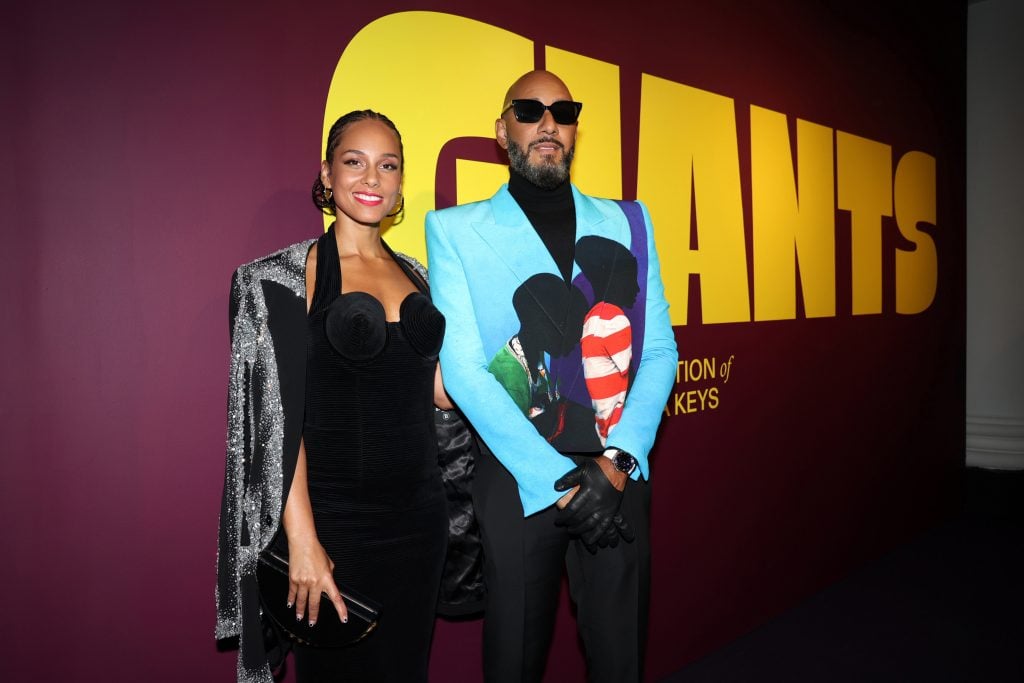
Swizz Beatz and Alicia Keys attend “Giants: Art From the Dean Collection of Swizz Beatz And Alicia Keys at Brooklyn Museum on February 06, 2024 in New York City. Photo by Shareif Ziyadat/Getty Images
For Pasternak, the public good of presenting the Dean Collection at the Brooklyn Museum was clear. It helped the institution further its commitment to expanding the art-historical canon by showing emerging and established Black artists and allowed it to celebrate collectors who have used their platform as artists to support, advocate for, and celebrate peers of their generation.
“The benefits of doing the show far outweighed any outdated perceptions of what museums should or should not do,” Pasternak said in an interview this week.
It is instructive to consider why some exhibitions of private collections garner acclaim while others become lighting rods for criticism.
Take “30 Americans,” a show of 30 Black artists. Organized by the Rubell family in 2009, it has traveled to 21 U.S. museums. Arts institutions have been reckoning with their historical exclusion of Black artists during that time, and rushing to diversify their collections. “30 Americans” helped them expand their curatorial offerings and many of the Black artists in the show have become stars.
Meanwhile, “Skin Fruit,” the 2010 New Museum exhibition of work from the collection of board member Dakis Joannou, which was curated by Jeff Koons, “drew fire from the get-go,” Roberta Smith, co-chief critic for the New York Times, wrote at the time, “for questionable ethics, for betraying the museum’s original anti-mainstream ethos, for blatantly unmagical curatorial thinking.”
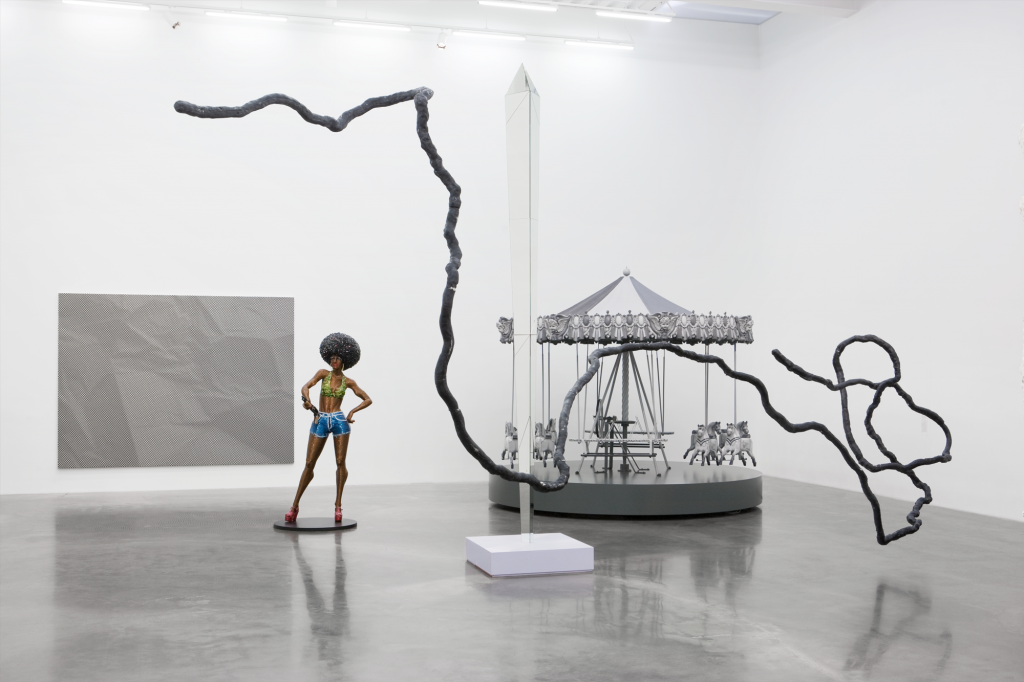
Installation view of Skin Fruit: Selections from the Dakis Joannou Collection Photo by Benoit Pailley, Courtesy of New Museum.
It didn’t help that the show was not centered around a donation of art (the New Museum doesn’t have a permanent collection) and included many ultra-pricy, in-demand artists. As a result, there was a perception that the works could be sold in the future, and that presenting them in a New York museum would increase their value, according to Natasha Degen, professor and chair of art market studies at the Fashion Institute of Technology in New York.
That could be an issue for “Giants,” according to Degen. “If Swizz Beatz and Alicia Keys end up selling the works, it will look a little ethically dubious,” she said.
Anticipating the criticism, the Brooklyn Museum followed industry-wide conflict of interest procedures, disclosed material facts to the audit committee of its board, and in an unusual step, asked the board to vote on whether to move forward with the show, according to Pasternak. (Its decision was unanimous.)
“And then we went further,” she said. Swizz Beatz recused himself from any discussions related to this exhibition and eventually resigned from the board “to make it absolutely clear that there were no conflicts of interest,” Pasternak said.
Most private collections are exhibited in museums because they have been accepted as gifts (or promised gifts). Once the deal is done, institutions are eager to celebrate their acquisitions—and their donors generosity. Think of the Leonard Lauder’s Cubist collection, which was toasted by the Metropolitan Museum of Art in 2014, the Emily Fisher Landau show at the Whitney in 2011, and the PaineWebber/UBS display in 2005 at the newly renovated Museum of Modern Art.
These single-lender shows allow museums to deepen their relationships with donors (either existing or potential), and tend to be a lot easier to pull off than a group show involving agreements from numerous lenders, Degen said. In some cases, these “pre-packaged” shows help fill a hole in a museum’s collections.
But things can get tricky if the art is not staying with museums.
Tate Modern’s controversial exhibition, “Capturing the Moment,” will have been on view for more than 10 months when it closes on April 28. It’s been extended due to popular demand, attracting more than 150,000 visitors so far. That makes it the second most popular show of the past year, the museum’s spokesperson said. (The most popular was “Hilma af Klint & Piet Mondrian,” which drew 210,000 people).
Organized “in collaboration” with Chen’s Yageo Foundation, “Capturing the Moment” focuses on the relationship between painting and photography, pairing works from Chen’s collection with 38 from Tate’s collection, including recent acquisitions.
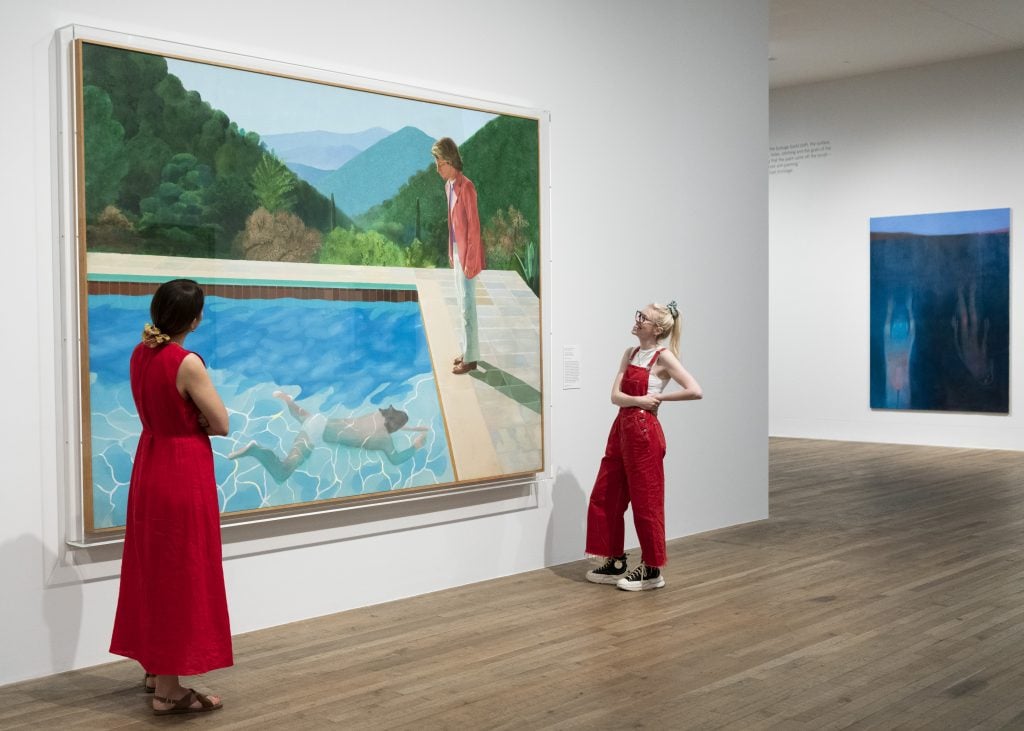
“Capturing the Moment” installation view at Tate Modern 2023 © Tate. Photo by Larina Fernandes, Courtesy of Tate
The impetus for the show was to give “the public a rare chance to see 21 masterpieces of painting and photography from an eminent private collection, many of which have never been shown in the U.K. before,” the museum said, responding to my questions. Those works include David Hockney’s 1972 Portrait of an Artist (Pool with Two Figures), purchased by Chen for $90.3 million at Christie’s in 2018, then a record for a living artist at auction. Other blue-chip works are by Andy Warhol, Georg Baselitz, and Peter Doig.
The British press didn’t mince words, saying that its premise “feels like nonsense” and describing its wall texts as “almost comically simplistic.”
“Why are the walls of one of our foremost public art museums being given to a private collector in this way?” the Guardian asked.
“I assume that the whole impetus behind the show was that there would be a gift,” said Degen. “When there’s not a gift announced at the time, either something is under discussion or there’s a hope that something could materialize.”
Tate’s spokesperson said that, to date, no works have been given or promised to Tate by the Yageo Foundation or Chen.
So far, the Brooklyn Museum has succeeded in avoiding controversy.
“It’s time for museums to think differently, to blaze trails, and always to do it with best standards, best practices, and ethics at the core,” Pasternak said.
The Art Detective can reveal that several works from “Giants”—including ones by Nick Cave, Barkley L. Hendricks, and Kwame Braithwaite—will remain at the Brooklyn Museum as a gift from the Dean Collection.
“There’s been a dearth of Black representation in museums,” Pasternak said. “And the fact that we’ll be receiving important gifts from this collection further underscores the importance of doing the show.”